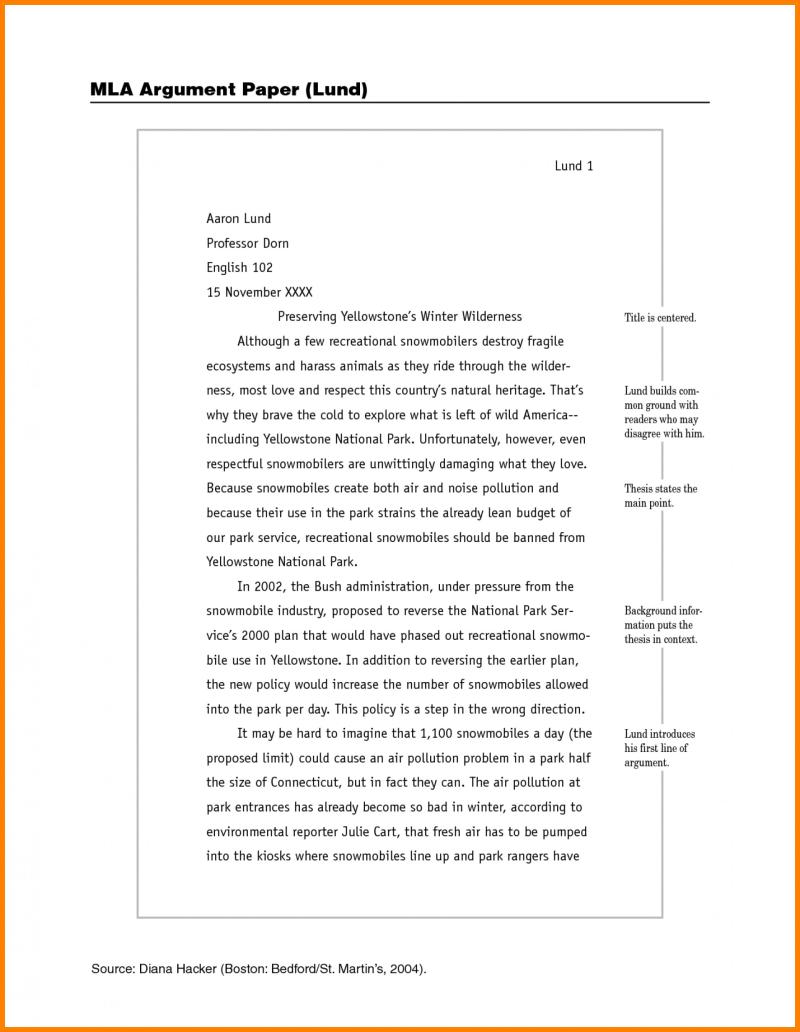How to write a MLA research paper outline?
Creating an MLA (Modern Language Association) research paper outline is a crucial step in the writing process. An outline helps you organize your thoughts, structure your paper, and ensure that your ideas flow logically. Here is a step-by-step guide on how to write an MLA research paper outline:
I. Title
- Include your paper's title (centered).
- Do not italicize, underline, or place it in quotation marks unless your title includes the title of another text.
II. Introduction
- Provide background information on your topic.
- Include a thesis statement that clearly presents your main argument.
III. Body Paragraphs
- A. First Main Point
- Subpoint: Details, evidence, or examples supporting the main point.
- Subpoint: More details, evidence, or examples.
- B. Second Main Point
- Subpoint: Details, evidence, or examples supporting the main point.
- Subpoint: More details, evidence, or examples.
- C. Third Main Point (if applicable)
- Subpoint: Details, evidence, or examples supporting the main point.
- Subpoint: More details, evidence, or examples.
IV. Counterargument (if required)
- Address potential counterarguments and provide evidence to refute them.
V. Conclusion
- Summarize your main points.
- Restate your thesis in a different way.
- Discuss the broader implications of your research.
VI. Works Cited
- List all sources cited in your paper.
- Follow the MLA citation format for each entry.
Tips for MLA Formatting:
Font and Spacing:
- Use a legible font (e.g., Times New Roman) and set the font size to 12 points.
- Double-space the entire outline, including the title and Works Cited.
Margins:
- Set one-inch margins on all sides of the paper.
Indentation:
- Use a consistent, half-inch indentation for all lines in each entry of your outline.
Page Numbers:
- Include your last name and the page number in the upper-right corner of each page.
Headings and Subheadings:
- Use Roman numerals for main points (I, II, III).
- Use uppercase letters for subpoints (A, B, C).
- Use Arabic numerals for further subdivisions (1, 2, 3).
Parallel Structure:
- Maintain consistent grammatical structure throughout the outline.
Remember, your outline is a flexible tool, and you can adjust it as you refine your research and writing. Use it as a guide to keep your thoughts organized and ensure a coherent and well-structured research paper.
Sure, here is a comprehensive guide on composing, formatting, and adhering to recommended practices for MLA research paper outlines:
1. Steps to Compose an MLA-Style Research Paper Outline
An MLA-style research paper outline is a structured plan that guides your writing process and ensures a well-organized and cohesive essay. Here's a step-by-step approach to crafting an effective MLA outline:
a. Gather and Review Sources: Before outlining, thoroughly research your topic and gather credible sources. Read and analyze the material to grasp the key arguments, evidence, and overall structure of your paper.
b. Formulate a Thesis Statement: A thesis statement is a concise and arguable statement that summarizes the main point of your paper. It should be clear, specific, and supported by evidence.
c. Identify Main Points and Supporting Points: Break down your thesis into main points, each representing a significant aspect of your argument. For each main point, identify supporting points that provide evidence and elaboration.
d. Create a Hierarchical Outline: Use a hierarchical structure to organize your outline. Start with the thesis statement, then list the main points in Roman numerals (I, II, III, etc.). Each main point should be followed by its supporting points, denoted by capital letters (A, B, C, etc.). Further subpoints can be indicated by Arabic numerals (1, 2, 3, etc.).
e. Refine and Revise: Review your outline to ensure it flows logically and effectively supports your thesis. Make any necessary adjustments to the structure, content, or wording of your outline points.
2. How to Format an Outline for an MLA Research Paper
An MLA-style research paper outline follows a specific formatting style:
Headings: The thesis statement, main points, and supporting points should be written as complete sentences.
Indentation: Use consistent indentation to indicate the hierarchical structure of the outline. Indent each level of subpoints by one-half inch.
Numbering: Use Roman numerals for main points, capital letters for first-level subpoints, Arabic numerals for second-level subpoints, and so on.
Consistency: Maintain consistency in the style and formatting of your outline throughout.
3. Recommended Practices and Standards for MLA Research Paper Outlines
Here are some recommended practices and standards for MLA research paper outlines:
Clarity and Precision: Ensure your outline is clear, concise, and easy to understand. Use specific language and avoid vague or ambiguous terms.
Accuracy and Completeness: Make sure your outline accurately reflects the content and structure of your paper. Include all relevant points and supporting evidence.
Flexibility: An outline is a working document and should be flexible enough to accommodate changes and revisions as your writing progresses.
Adherence to MLA Style: Follow MLA guidelines for formatting, including proper indentation, numbering, and spacing.
By following these guidelines, you can create a well-structured and informative MLA-style research paper outline that will serve as a valuable guide for your writing process.











